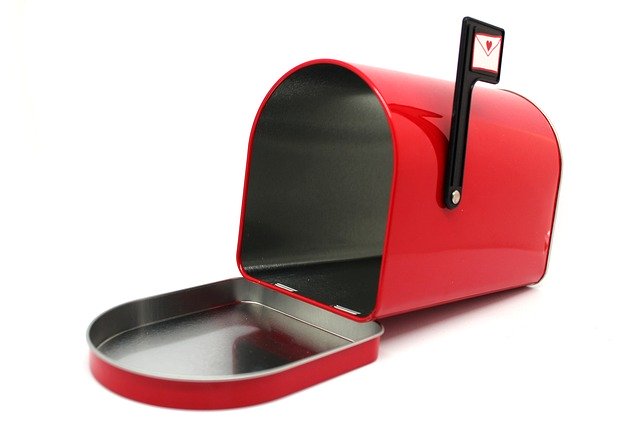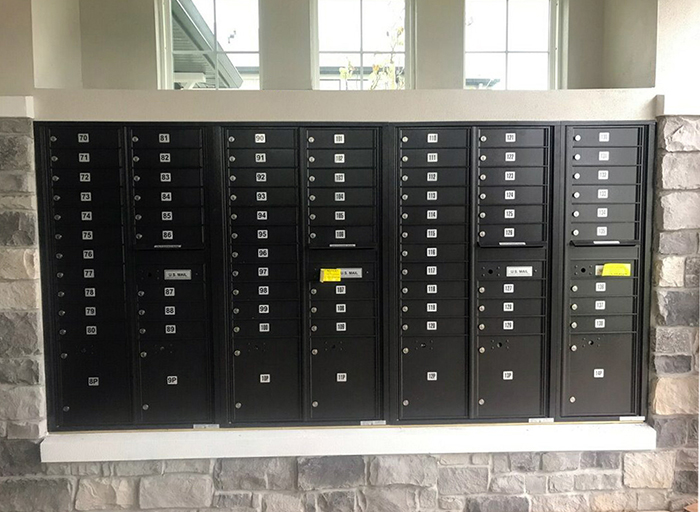Blog
Are Mailboxes Considered Federal Property?
Friday May 15, 2020Mailboxes make it easy for consumers, as well as businesses, to send and receive tangible letters and small packages. Rather than delivering mail themselves, consumers and businesses can use the services of the United States Postal Service (USPS). On any given day, the USPS delivers over 187 million pieces of mail to recipients across the country. And because mailboxes are used exclusively by the USPS -- as opposed to private parcel and package delivery companies -- many people assume that they are federal property. So, are mailboxes really considered federal property?
Workstation Separators for Covid19 Distancing
Friday May 15, 2020As the country begins to re-open businesses and recreation facilities across the country the safety of residents, employees and customers is at an all time high. Forsite can provide HOA's, property management companies, businesses and restaurants workstation separators stands for almost any size and shape that you need. Give residents, clients, patrons and staff “peace of mind”….Help them stay COVID-Free. Our workstation separators are custom designed for country clubs, community club houses, hair salons, barber shops, restaurants, tattoo parlors, spas & many other service retailers, industrial and commercial businesses. They create a transparent barrier for separating salon/spa workstations, restaurant tables, check-out counters and many others.
How Parcel Lockers Work in Centralized Mail Delivery Systems
Tuesday May 05, 2020Consisting of large wall-mounted or freestanding units with multiple individual mailbox compartments, centralized mail delivery systems have become increasingly popular in the United States. They allow mail couriers to drop off, as well as collect, at a single location. Since mail couriers don't go to door-to-door, though, centralized mail delivery systems require parcel lockers.
How to Protect Curbside Mailboxes Getting Struck By Vehicles
Friday May 01, 2020Because of their close proximity to the road, curbside mailboxes are often struck by passing vehicles. For homeowners, it's frustrating to wake up one morning, only to discover that their curbside mailboxes has been knocked down. In some cases, vehicle strikes will only damage the post. In others, they'll damage the mailbox itself. If you're developing a neighborhood or residential community, though, there are several steps you can take to protect curbside mailboxes from passing vehicles.
Are Address Numbers Required for Curbside Mailboxes?
Monday April 27, 2020If you're planning to develop a neighborhood or residential community, you might be wondering whether to include address numbers on the curbside mailboxes. Unlike centralized mail delivery systems -- STD-4C and Cluster Box Units (CBUs) -- curbside mailboxes are typically installed independently of each other. In other words, each home will have its own curbside mailbox. Therefore, address numbers are often used to denote which mailbox belongs to which home. So, are address numbers required for curbside mailboxes?






